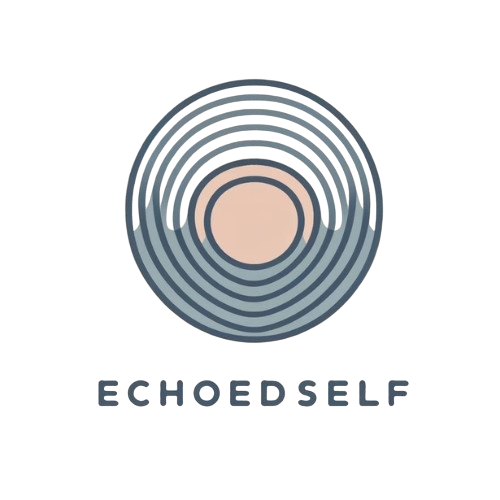Sketch the sky: Turning cloud shapes into pattern
There’s something profoundly calming about gazing at the sky. Clouds drift effortlessly above us, their shifting forms painting silent stories in the atmosphere. For artists, they offer more than just scenery — they are an ever-changing source of inspiration, a meditative muse of softness, light, and movement.
Sketching cloud shapes and turning them into expressive patterns is more than an artistic exercise. It’s a practice of slowing down, of tuning into subtleties, of letting your imagination respond to the sky’s quiet rhythms.
Observing clouds for organic pattern inspiration
Before you ever pick up a pencil, simply watch. Let the sky speak first.
Take a walk on a breezy day. Lie in the grass. Look up from your studio window. Observe how clouds gather, swirl, stretch, and dissolve. Some are featherlight cirrus threads that streak across the sky; others are bold cumulus giants full of texture and gravity.
Creating a sky journal can be a beautiful habit — sketching quick impressions of cloud shapes throughout the day or week. You might notice how morning skies shimmer with pale brushstrokes, while sunsets layer rich golds and indigos. Over time, you begin to recognize rhythms — in nature, and in your creative response.
These visual notes become a personal library of forms and moods, ready to inspire pattern work or deeper reflections in your art.
Using soft and dreamy textures with pastels
To capture the atmosphere of clouds, few tools are as satisfying as soft pastels. Their blendable, airy texture allows for the smooth transitions and luminous edges that clouds naturally embody.
Start with a gentle sketch of your cloud’s basic shape — no hard outlines, just soft guides. Use blues, lavenders, blush tones, and warm grays to lay down a base. Blend with your fingertips or a paper stump to create diffused edges that breathe.
Highlights can be lifted with a kneaded eraser, revealing the illusion of sunlight. Shadows deepen with touches of slate or plum.
A beautiful technique here is subtractive drawing: lay a field of color across your paper, then lift cloud shapes out of it using an eraser. The result is ethereal and soft, as if the clouds emerged from the sky itself.
Layering with chalk or soft charcoal can add stormier tones and contrast, while metallic pastel accents (like pearl or silver) can suggest high-altitude brilliance or moonlit cloudscapes.
Creating expressive cloud formations
While realistic clouds are lovely to study, expressive clouds open a door into emotion, movement, and dreamlike abstraction.
Begin with mindful sky gazing — but instead of drawing what you see exactly, draw what it feels like. What mood does that stormy sky evoke? How would that breeze sound if it had a shape?
Let your hand move freely. Turn clouds into waves, spirals, mirrored shapes, or long lines across the paper. This kind of cloud abstraction can be deeply meditative, and it invites the viewer to interpret freely — making it perfect for mixed media, journals, textile design, or wall art.
You can also experiment with repeating cloud motifs, creating soft tessellations or mirrored symmetry. These visual rhythms tap into the same part of the brain that responds to breath, mantra, and flow — turning your artwork into a space of peace.
Transforming clouds into artistic patterns
Clouds are ephemeral, but the patterns they inspire can be lasting and meaningful.
By layering or repeating cloud-inspired shapes, artists can explore themes of impermanence, transformation, and connection. A single cloud shape repeated in decreasing sizes can symbolize passage or memory. Circling cloud forms may echo community, protection, or cycles.
These motifs pair beautifully with other natural elements. Combine cloud shapes with:
wave patterns to reflect the connection between sky and sea.
tree rings to explore memory and growth.
geometric grids to juxtapose chaos and order.
animal markings to bring movement and wildness into the sky.
Another powerful direction is blending clouds with crystalline forms — adding faceted or star-like shapes into the softness. This contrast creates a mystical effect, evoking dreams, memory, and emotion in layered harmony.
For meditative art, these patterns are a grounding practice. Working slowly with soft blends and repeated forms mirrors the breath and encourages focus. It becomes not just a visual process, but a calming ritual.
Embracing cloud patterns in your creative journey
Turning cloud shapes into pattern is not about perfection — it’s about presence.
It’s the pause to look up. The decision to sit with the sky a little longer. The invitation to transform what’s fleeting into something meaningful and lasting.
Whether you’re blending pastels into soft skyscapes, sketching from a window seat, or using abstracted cloud forms in your creative work, you’re capturing something universal: change, softness, light, and letting go.
Clouds remind us that we don’t need to be static or defined. We can shift, soften, drift, gather, and dissolve — and still be beautiful.
So next time you see a wisp, a puff, a towering formation in the sky — let it be more than a passing glance. Let it become a shape you remember. A pattern you follow. A story only you can tell.
